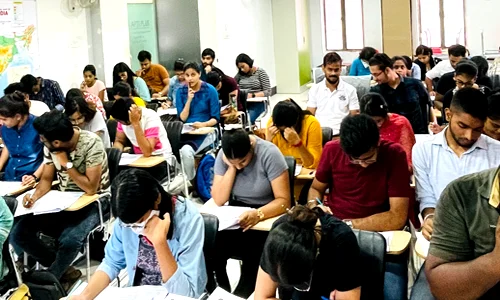



India’s Q2 FY26 GDP growth of 8.2% reflects strong momentum in manufacturing, services and corporate profitability, supported by policy-driven public investment. However, the weak nominal GDP growth, low GDP deflator, slowing agriculture, soft rural demand and subdued private investment reveal underlying structural pressures. These trends raise concerns about fiscal space, data reliability and the durability of the recovery, highlighting the need for broader demand strengthening, rural income support, and revival of private capital formation to ensure sustainable and inclusive growth.
Click to View MoreIndia’s public debt, currently around 57% of GDP, has been rising due to persistent fiscal deficits, growing welfare and infrastructure spending, and higher interest costs. High debt limits fiscal flexibility, increases taxpayer burden, and can slow economic growth. The government is addressing this through fiscal consolidation, tax reforms, optimized expenditure, and debt management strategies, aiming for a sustainable debt-to-GDP ratio of 50% by FY31 while supporting economic growth.
Click to View More
Fiscal relations in India define how financial powers, taxation rights, and expenditure responsibilities are shared between the Centre and the States. The introduction of GST has centralised major taxation powers, reducing States’ fiscal autonomy and increasing their dependence on Central transfers, which account for about 44% of their total revenues. Rising cesses and surcharges outside the divisible pool further limit States’ resources. To strengthen cooperative fiscal federalism, India needs reforms such as expanding States’ tax share, including cesses in the divisible pool, rationalising centrally sponsored schemes, and empowering local governments for better fiscal balance and accountability.
Click to View MoreThe rising trend of freebies in India offers short-term relief but poses long-term fiscal and developmental challenges. While such schemes can boost popularity and provide temporary benefits, they strain state finances, reduce productivity, and create dependency. In contrast, inclusive development focuses on sustainable empowerment through education, health, skills, and infrastructure, leading to lasting social and economic progress. Balancing empowerment with fiscal discipline is essential to ensure both social justice and economic stability.
Click to View More
© 2025 iasgyan. All right reserved